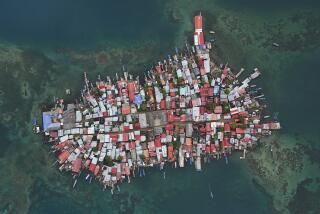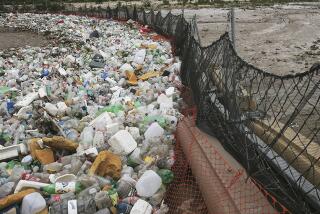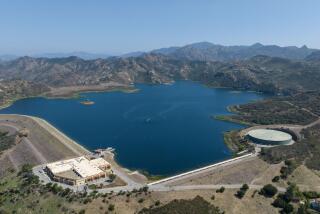Major drainage improvements for Balboa Island inch forward
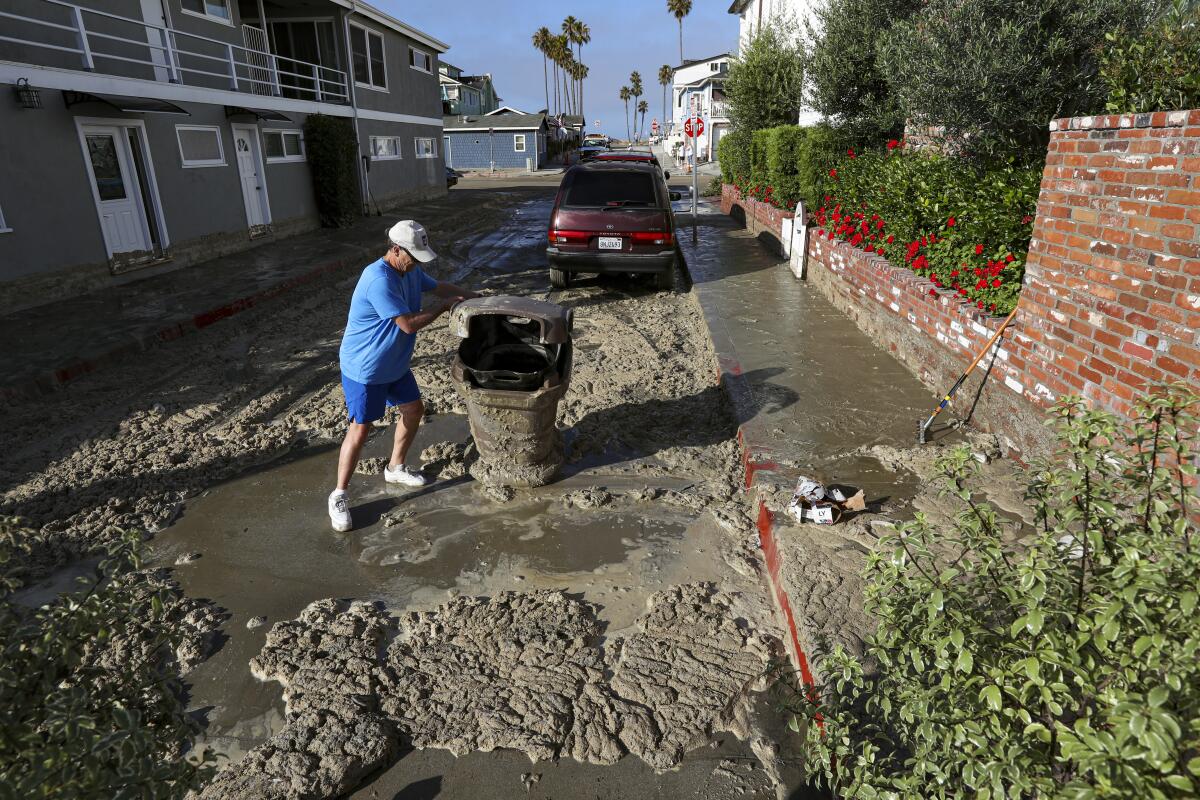
When it rains, it pours on Balboa Island — most notably into its streets, where flooding can occur.
This week, the Newport Beach City Council received a presentation of plans to modernize Balboa Island’s drainage infrastructure, which relies on manually operated tide gates to manage rainfall and the high tides that wash onto the island. City staff said there are about 25 drain lines.
Bob Stein, an assistant city engineer, said the trouble is that the tides from Newport Bay are often higher than the surrounding bay-front or street elevation. On average, streets on the westernmost end of the island are about 5 feet above sea level. High tides are typically 4.5 to 7 feet.
King tides can reach 8 feet.
There’s also the issue of shutting the tide gates to control the flow when it’s raining, which traps the water in the streets.
Balboa Island flooded in December 2018 during a heavy rainstorm. The streets flooded again in 2019 during a Thanksgiving storm, and high tides flooded the streets in July.
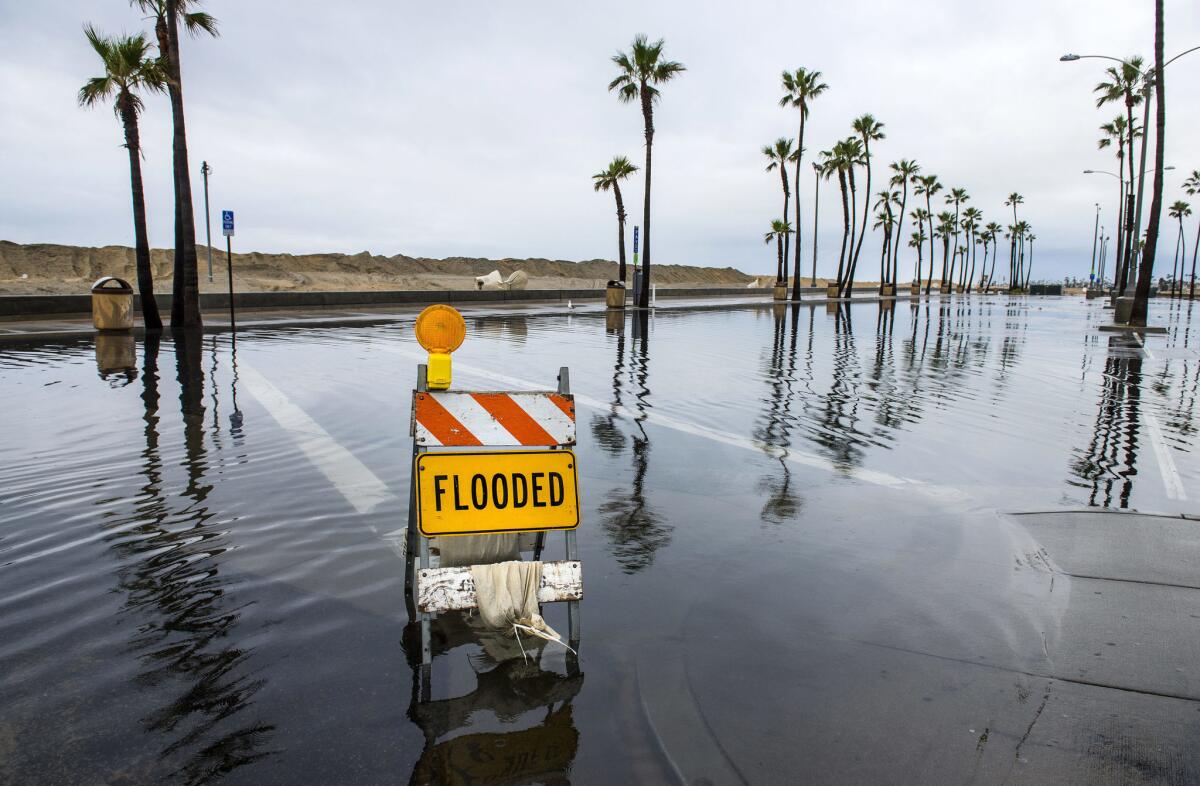
Stein said Balboa Island experiences high tides almost every day. City staff estimates workers spend 1,600 hours a year opening and closing the valves. During a wet year, city crews spend 800 to 900 hours just pumping water off Balboa Island.
The proposal would replace the manual tide gate system with an automated pump station with new storm drains that will flow to the station. This would save on labor and reduce flooding on Balboa Island, according to city staff, and low-flow urban runoff could be diverted to the sanitary sewer instead of being expelled into Newport Bay as it is now.
City staff considered several locations for the automated pump station, including on the northern and southernmost points of the island. The initial proposal was to place it on Balboa Avenue, adjacent to the grand canal, but the current recommendation is to place it on the western end of Park Avenue.
The cost of building a single automated pump station, including the installation of a new storm drain system, is about $12.4 million.
Construction is tentatively scheduled to begin in April 2024.
Nguyen writes for Times Community News.
More to Read
Sign up for Essential California
The most important California stories and recommendations in your inbox every morning.
You may occasionally receive promotional content from the Los Angeles Times.
